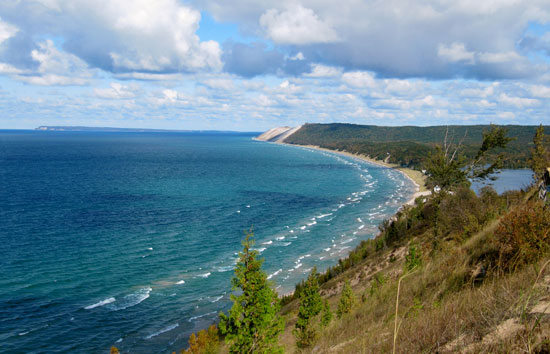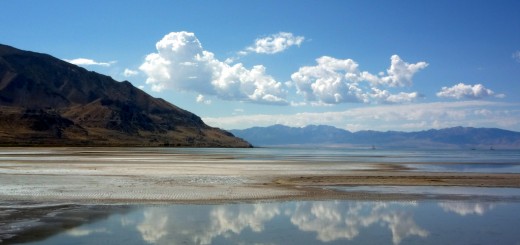Shrinking Great Salt Lake
1A group of experts from Utah is warning that more awareness is needed to preserve the long-term stability of Great Salt Lake. Their concern is that, given a loss of good management practices in the future, the largest salt lake in the western hemisphere could disappear like many of the other prominent salt lakes around the world.
The group, led by scientists at the University of Utah, has published a white paper detailing their concerns for the saline water body. The most stark measurement that they put forth on the extent of Great Salt Lake is that its levels have dropped 11 feet since pioneers first settled the land in the 1800s.

Great Salt Lake, as seen from the International Space Station. (Credit: NASA)
Over the years, the researchers admit that floods and droughts have caused significant fluctuations in the water body’s levels. The effects of climate fluctuations have also reached Great Salt Lake. But the biggest factor affecting its water supply, they say, has been the diversion of water for human use.
In addition to the 11 feet of water levels that have been lost, the researchers say that consumptive water use has lowered the lake’s volume by 48 percent and increased its overall salinity. Consumption has also exposed about 50 percent of the lake bed and increased dust that’s blown around the lake, which has impaired marina use and hurt the mineral extraction industry.

A shot of Great Salt Lake in 2003, from the International Space Station. (Credit: NASA)
Because of that history, the experts recommend taking more care with proposals in the future to develop the lake’s water supply. And they note the considerable impacts that losing Great Salt Lake could have.
These could include decreased air quality around Salt Lake City, because less water in Great Salt Lake would likely create dustier conditions. Wildlife, like brine shrimp and migratory waterfowl, could also suffer from the loss of the lake. These losses would very likely impact the region’s tourism and industries that depend on the lake’s water, considering that the economic value that Great Salt Lake provides to its surrounding region each year is about $1.32 billion.
What can be done to help Great Salt Lake stop shrinking? Are there any practices that need to be discontinued? Please consider leaving a comment to share your thoughts!












How about stop consuming meat/dairy/animal products. One pound of hamburger needs 2000 gallons of water.
Check out this documentary. Seriously. We don’t need to eat meat or drink dairy. It’s killing us and the planet.
Did you know 1-2 acres of rain forest is cut down every second to make room to grow food for livestock?? It’s not right.